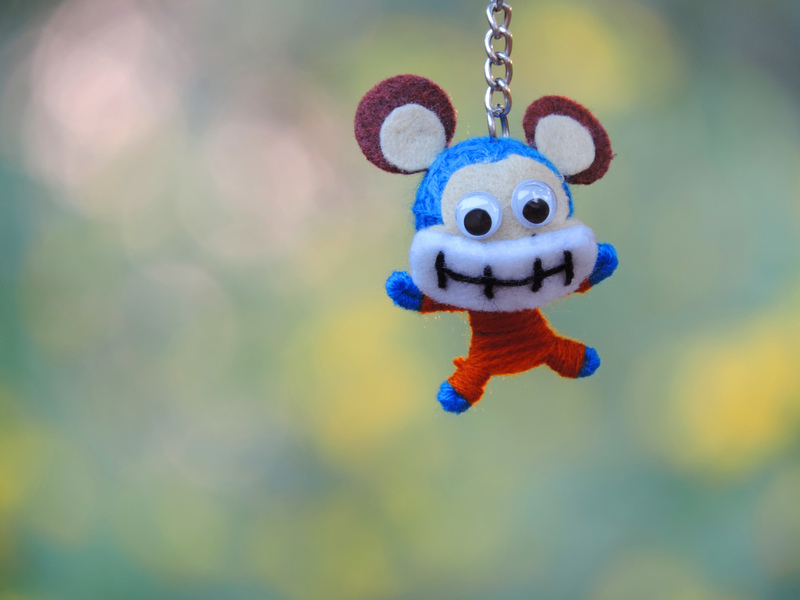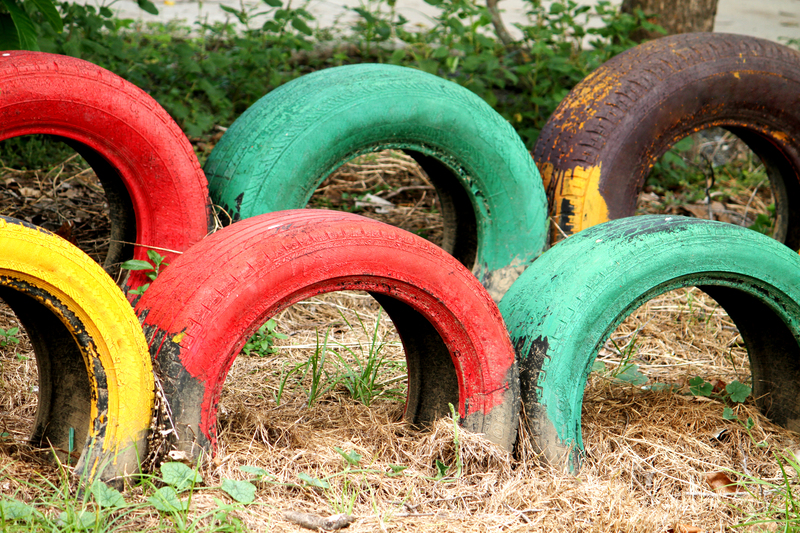Innovative Upcycling Projects That Turn Everyday Waste into Functional Art
In a world grappling with overflowing landfills and resource scarcity, finding ways to reduce, reuse, and repurpose waste has never been more essential. Upcycling--the art of transforming discarded materials into new, functional creations--not only diverts trash from the dump but also infuses objects with new life and purpose. This comprehensive guide explores innovative upcycling projects that turn everyday waste into inspiring, functional art pieces, combining sustainability with creativity for a greener, more beautiful world.
What Is Upcycling and Why Does It Matter?
Upcycling goes beyond simple recycling. While standard recycling breaks materials down to create something new, upcycling preserves the original object, elevating its value by turning it into a unique, functional artwork or product. Whether it's converting glass bottles into lamps or old jeans into stylish tote bags, upcycling projects reduce our environmental footprint, foster creative expression, and can even save money.
- Reduces landfill waste
- Conserves resources
- Promotes creativity and personal expression
- Encourages sustainable living

10 Creative Upcycling Ideas for Everyday Items
Let's take a closer look at some innovative upcycling projects that demonstrate how waste can be transformed into functional art. These ideas are perfect for beginners and seasoned DIY enthusiasts alike. As you read through, you'll discover inspiration for your own upcycled masterpieces!
1. Glass Bottle Lamps
Instead of sending empty wine, soda, or liquor bottles to the recycling bin, why not convert them into eye-catching lamps? With a simple lamp kit and some basic tools, you can upcycle glass waste into trendy, artistic lighting. Add a touch of paint or wrap the bottle with twine for extra flair.
- Drill a hole near the base for the cord
- Insert the lamp kit securely
- Choose a colorful or patterned lampshade to finish your creation
2. Pallet Wood Furniture
Wooden pallets--often discarded after shipping--are a fantastic material for upcycling into everything from coffee tables to bookshelves and garden planters. By sanding, painting, and assembling pallet wood, you create functional art furniture that's both eco-friendly and uniquely stylish.
- Build a rustic coffee table with a pallet and caster wheels
- Stack painted pallets for a custom bookshelf or storage unit
- Use as the base for a vertical herb garden
3. Bicycle Part Sculptures
Old bicycles may no longer be roadworthy, but their gears, chains, wheels, and frames can be combined into imaginative sculptures or even functional items like clocks, coat racks, or coffee tables. This type of upcycled art offers a bold, industrial aesthetic while honoring the original form of the objects.
4. Denim Tote Bags
Worn-out jeans don't need to end up in the landfill. Instead, cut, sew, and reimagine old denim into sturdy, fashionable tote bags, backpacks, or storage baskets. The thick, durable fabric is perfect for upcycling into everyday essentials with a touch of artistic flair.
- Use pockets as external pouches
- Add patches, embroidery, or beading for unique designs
- Line bags with colorful scrap fabric for added durability
5. Tin Can Lanterns
Rather than throwing away tin cans, you can punch beautiful patterns into their sides and drop in a tea light or fairy lights for magical lanterns. Upcycled tin can art is perfect for illuminating garden pathways, patios, or cozy reading nooks.
- Draw a pattern or stencil to guide your punches
- Spray paint the outside for a weather-resistant finish
6. Plastic Bottle Vertical Gardens
Upcycling plastic bottles is a great way to address two challenges: plastic waste and limited garden space. By cutting, stacking, and hanging bottles, you can create vertical gardens for herbs, flowers, or small vegetables, turning plastic trash into living art installations.
7. CD Mosaic Art
Obsolete CDs and DVDs shimmer and shine when cut into small pieces and arranged as mosaics. Use upcycled CD shards to decorate tabletops, mirrors, flowerpots, or wall art. These reflective, colorful designs breathe new life into digital waste.
- Break CDs with caution, using gloves and eye protection
- Arrange pieces into geometric or freeform mosaic patterns
- Seal with strong adhesive and grout for durability
8. Suitcase Pet Beds
Vintage suitcases often collect dust in the attic. With some upcycling magic, you can turn an old suitcase into a cozy, chic pet bed. Add plush pillows, minor reinforcements, and short wooden legs for a raised look--your pets will thank you!
9. Book Planters
Damaged or outdated hardcover books can become charming planters by carving out the center and sealing the inner pages. Layer with plastic or wax before planting succulents or air plants. These literary-inspired upcycling projects celebrate both reading and sustainability.
10. Upcycled Skateboard Shelves
Old skateboards with their vibrant graphics and tough decks make perfect materials for funky wall shelves. Attach metal brackets or repurpose hardware--ideal for a youth room, garage, or creative studio space.
How Upcycling Turns Waste into Functional Art: The Process
Every upcycling project involves a journey of transformation. Let's break down the process so you can initiate your own innovative upcycling adventure.
Step 1: Identifying Potential Materials
- Survey your home for unwanted goods: bottles, cans, old clothes, furniture, tech gadgets, etc.
- Check local secondhand shops or "free" exchanges for more material options
- Join community swaps to access interesting waste items
Step 2: Planning the Design
- Consider the strength, durability, and unique features of your chosen items
- Sketch your project idea or seek inspiration online
- Think about the intended function (lamp, organizer, shelf, decor, etc.)
Step 3: Gathering Tools & Supplies
- Basic tools: scissors, pliers, hammer, glue gun, sewing kit, drill
- Project-specific hardware: lamp kits, wood screws, shelf brackets, adhesives
- Finishing touches: paint, fabric, paper, decorative elements
Step 4: Creating and Refining Your Functional Art
- Work methodically--sand edges, smooth surfaces, reinforce joins
- Test for safety and stability before use
- Add finishing details for eye-catching, personalized results
Step 5: Showcasing and Sharing
- Display your upcycled art at home or work
- Share photos on social media to inspire others
- Gift your creations or sell them at local markets for added impact
The Environmental and Social Impact of Upcycling
Innovative upcycling projects don't just beautify our surroundings-- they spark positive change for the planet and people alike. Here's why embracing upcycling is so important:
- Reduces greenhouse gas emissions by decreasing landfill waste and the need for raw material extraction
- Inspires community engagement through art workshops, maker spaces, and educational activities
- Empowers individuals to develop skills in crafting, problem-solving, and sustainable design
- Supports local economies via small businesses selling upcycled wares and materials
- Promotes environmental stewardship and awareness of supply chain impacts
Selling and Showcasing Your Upcycled Functional Art
If you're proud of the functional art upcycling projects you've created, consider sharing them with a wider audience. Many makers sell upcycled goods through:
- Etsy, eBay, or other online marketplaces
- Local art fairs, flea markets, and pop-up shops
- Consignment through boutiques focused on sustainable living
- Social media and portfolio websites
Create compelling product descriptions, highlighting the unique history of each piece, the materials you used, and the environmental benefits. Beautiful photos and stories about your process will help potential buyers appreciate the value of your upcycled work.
Tips for Sustainable Upcycling Success
- Start Small: Begin with simple projects and build your skills as you go.
- Experiment and Innovate: Allow yourself to take creative risks and try new techniques.
- Collaborate: Join upcycling communities, workshops, or maker spaces to exchange ideas and materials.
- Prioritize Safety: Always use tools and materials safely, especially when working with glass, metal, or electronics.
- Document Your Journey: Take before and after photos, journal your process, or create DIY tutorials to inspire others.

Future Trends in Upcycling and Functional Art
As sustainability becomes a driving force in design, expect to see more artists, businesses, and communities embracing upcycled functional art. Emerging trends include:
- Smart technology integration: Upcycling electronics into modern gadgets, speakers, or lighting
- Collaborative public art: Community upcycling installations in urban spaces
- Biophilic designs: Incorporating plants and natural elements for green, living artworks
- Modular systems: Creating adaptable, reconfigurable upcycled furniture and decor
- Customization: Personalized pieces that tell the story of both the material and the maker
Conclusion: Reimagine Waste as Functional Art
Innovative upcycling projects have the power to transform everyday waste into beautiful, functional art. By looking at castoff materials with fresh eyes, you can unlock creativity, protect the environment, and enjoy practical, artistic treasures in your daily life. Whether you're a DIY beginner or a seasoned artisan, the world of upcycled art offers endless opportunities to make a difference--one inspired project at a time.
Ready to begin your own upcycling journey? Gather some common household waste, let your imagination run wild, and turn "trash" into treasures that are as useful as they are unforgettable!
```